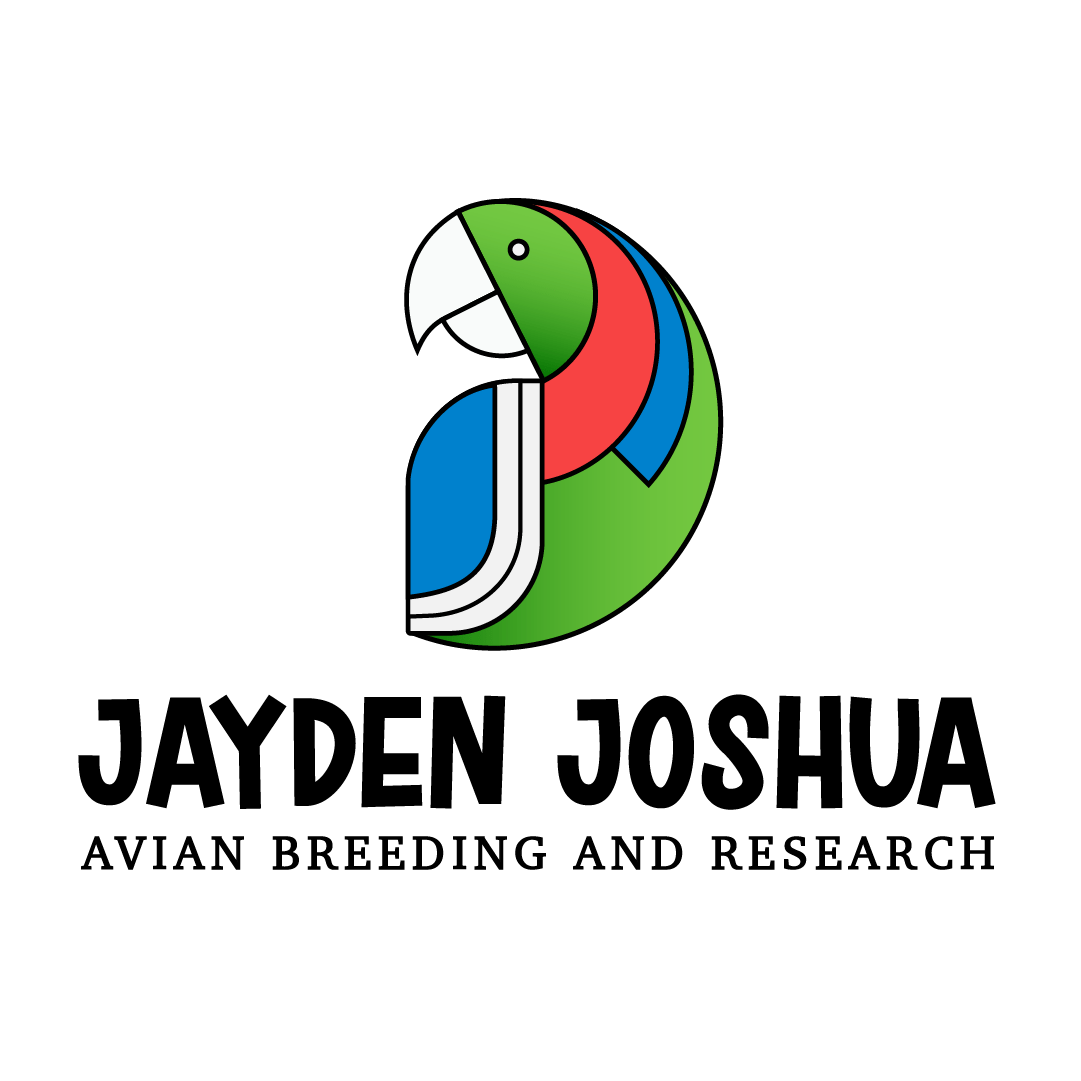
Learn about the fascinating palm cockatoo, including its behavior, habitat, and conservation status. Discover what sets this unique bird apart from others in the avian world.Read More
All About Palm Cockatoo
The Palm Cockatoo, scientifically known as Probosciger aterrimus, also known as the Goliath Cockatoo or Great Black Cockatoo, is a truly magnificent and impressive parrot species native to New Guinea and parts of Australia.
Appearance of Palm Cockatoo
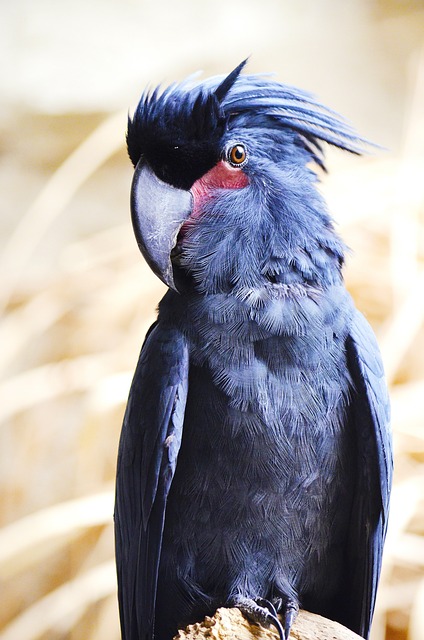
- Largest Cockatoo: They reign supreme as the cockatoo kings and queens, reaching a remarkable height of 19-27 inches (49-68 cm) and boasting a wingspan of 27.5-39 inches (70-100 cm).
- Striking Black Plumage: Their sleek and elegant look comes from their smoky-grey or black feathers.
- Massive Beak: A defining feature is their enormous, curved black beak. This powerhouse beak, proportionally the largest of any parrot, is a key tool for feeding and social interactions.
- Red Facial Patch: Adding a touch of color, they have a prominent patch of bare red skin on the side of their face near the beak. The intensity of this red patch can change based on the bird’s mood and health.
Habitat of Palm Cockatoo
- New Guinea and Australia: Primarily found in the rainforests and woodlands of New Guinea, particularly in the southern regions.
- Limited Range in Australia: Their presence in Australia is restricted to the Cape York Peninsula in Queensland.

Behaviour of Palm Cockatoo
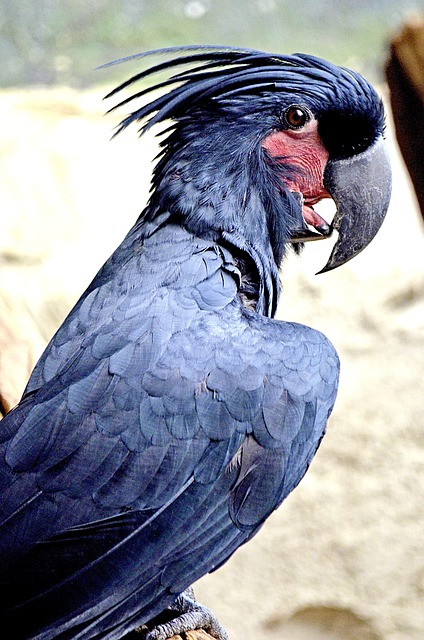
- Social Creatures: They are not loners, and you’ll typically see them in pairs, small groups, or even larger feeding flocks.
- Cooperative Breeding: Raising young is a group effort! Multiple birds, often family members, work together to ensure the chicks’ survival in the wild.
- Foraging Specialists: Their powerful beaks are perfectly adapted for their diet. They crack open tough nuts and seeds with impressive strength.
- Communication Skills: Palm Cockatoos use a variety of vocalizations to communicate, including loud shrieks, whistles, and squawks.
Diet of Palm Cockatoo
- Primarily Herbivores: Their menu consists mainly of nuts, seeds, fruits, and the fleshy cores of palms.
- Nut Cracking Champions: Their massive beaks are the perfect tools for breaking open even the hardest nuts, allowing them to access the nutritious kernels inside.
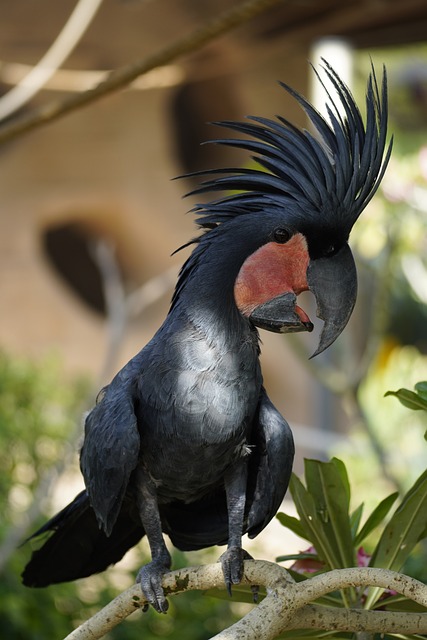
Facts about Palm Cockatoo

- Tool Users: These intelligent birds are among the few bird species known to use tools. They’ve been observed using sticks to drum on trees and access food in hidden crevices.
- Long Lifespan: With proper care in captivity, Palm Cockatoos can live up to 80 years, showcasing their remarkable longevity.
Due to their large size, complex social needs, and specialized diet, Palm Cockatoos are not recommended pets for most people. They require experienced aviculturists with the ability to provide spacious enclosures, stimulating environments, and specialized care.

Subscribe to our newsletter!
